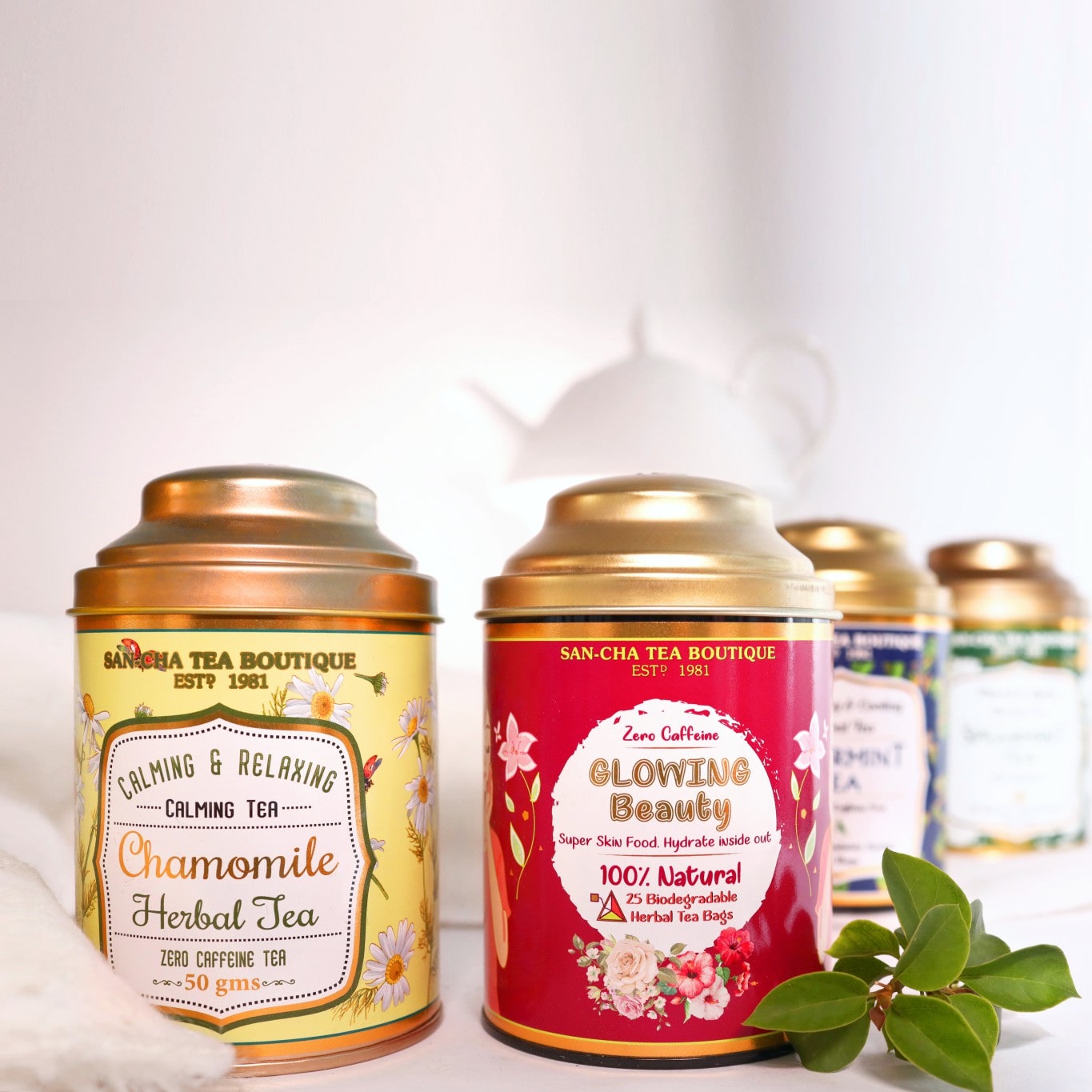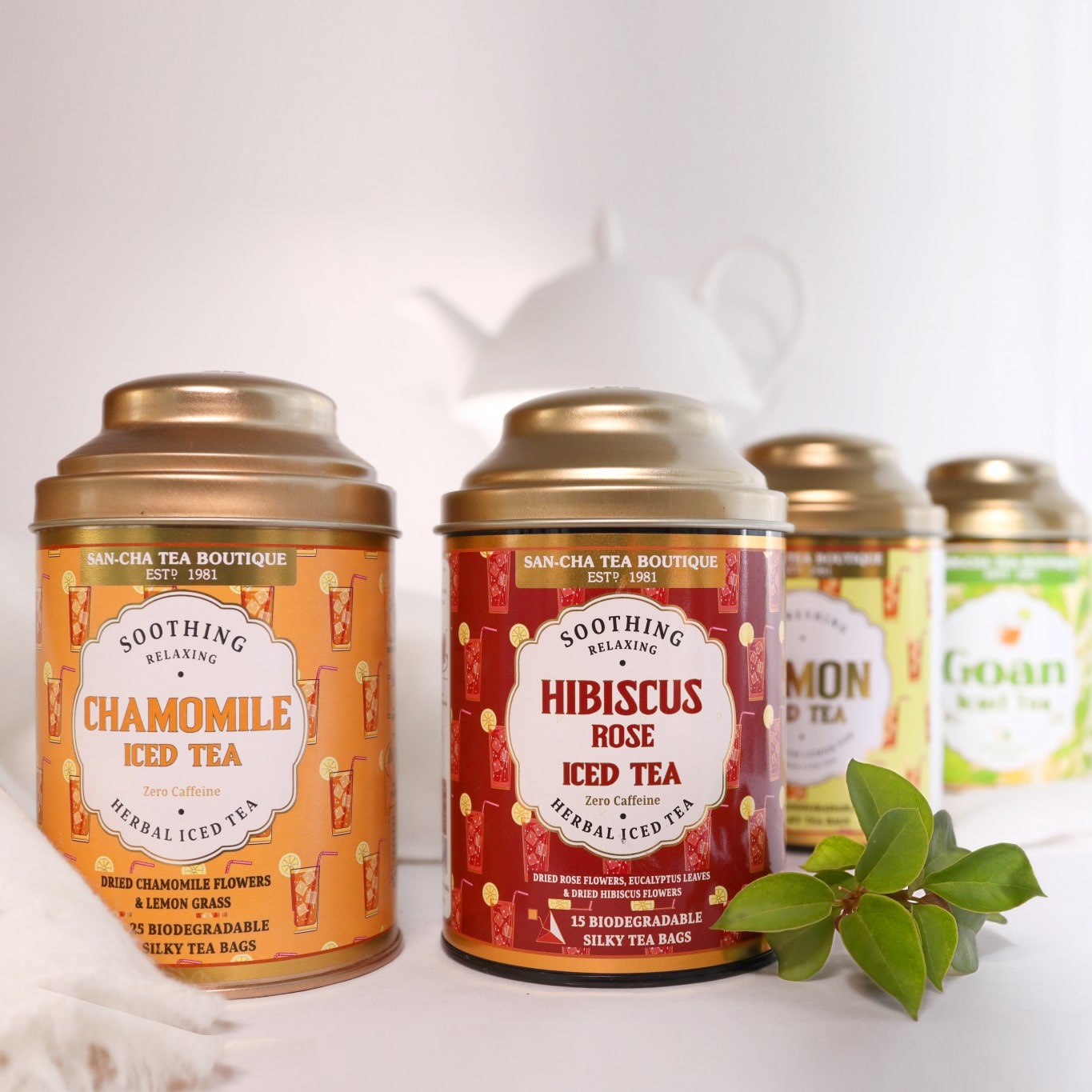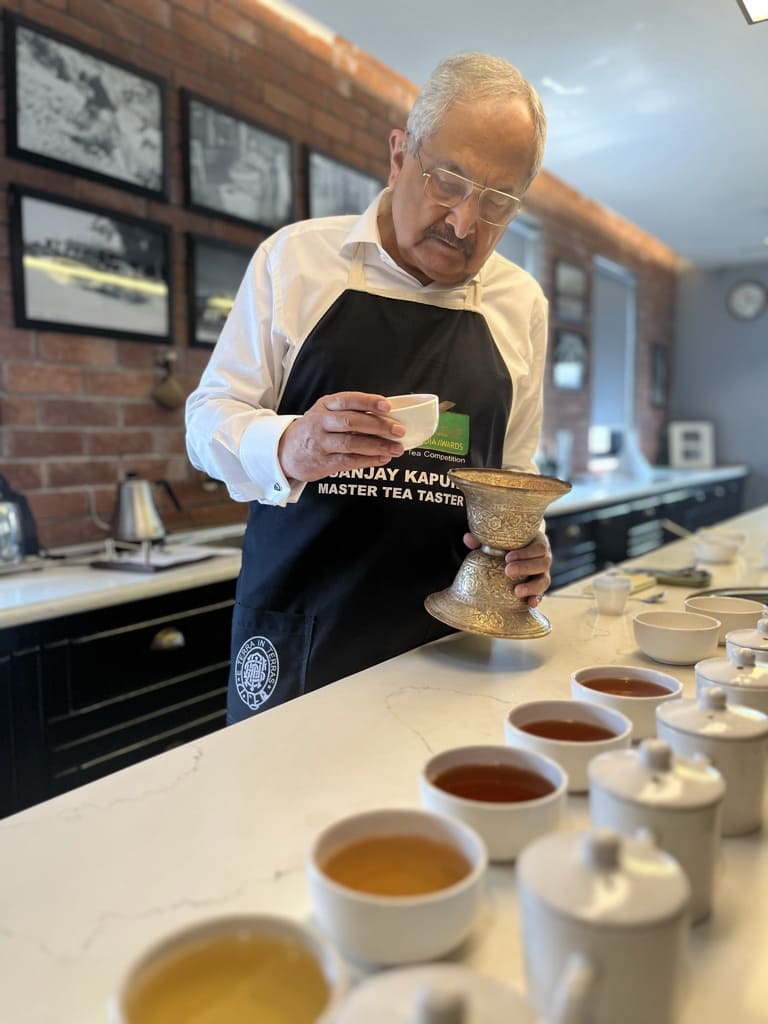Tea Time Report
To make a start, it is essential to know the difference between leaf tea and tea dust.
Types of teas
There are five primary types of tea: black, white, green, herbal and oolong. All these are made using the leaves, which is the standard definition of drinking tea. Each of these teas has a distinct flavour and can be identified from a light to dark range, based on aroma, strength and hues.”
These teas are often confused with herbals and infusions, which are completely different from tea and from each other. Herbal teas, which are caffeine-free beverages, are brewed from things other than tea, or the plant Camellia sinensis. “It could be a root, a bark, a flower, a stem.
STEEPING
The longer the tea sits, the stronger the brew gets and allows flavours to develop. There is a different algorithm for each tea type;
most are best consumed within 18 months. There is a science to steeping teas to perfection. Though black, white, green and oolong teas come from the same plant, the leaves are processed differently before they claim a genre. Green and white teas are relatively less oxidised - exposed to oxygen - compared to black and oolong teas. The teas are often heated to keep the leaf dry and limit the oxidisation process.
Black and oolong teas are exposed to oxygen for longer periods - this determines their flavour and colour.
FOCUS ON WATER
The third rule focuses on the quality of water. To preserve the unique characteristics of each variety of tea, it is essential to use only filtered water Soft water is best for infusion teas, since high calcium content gives rise to deposits on the surface of the cup, The other important element for infusions is temperature, for the best varieties of white, green and yellow teas, the temperature of the water should not exceed 70 degrees Celsius or 158 degrees Fahrenheit.
STEEPING TIME
Want to brew a perfect cup of tea? Steeping time is key - and variable; it all depends on variety.
Chinese and Vietnamese teas should not be infused for more than 30 to 60 seconds. Other teas can be infused for up to three minutes, though blue teas require longer, up to seven minutes
AGONY OF THE TEA LEAVES
When tea leaves unfurl after hot water has been poured over them, they look like they are in agony. It is very important to allow the leaves to fully unfurl to get the maximum flavour out of the tea, This is rule five.
The unfurling of leaf in tea bags is compromised and this affects it quality and the experience of drinking tea.
ADDING MILK TO TEA
Rule six is simple, never use evaporated milk - and never drown your tea in milk. Use a teaspoon to ladle the correct 4.9ml of milk to a cup. The sweetness of course is unique to the palate of the drinker.
THE ART OF FOOD PAIRING WITH TEA
Creating a balance between food and tea is an art, because great food should be paired with greater teas that complement and enhance the experience. Rule seven, is to either find teas that have the same ingredients as the food or find teas that balance and complement the flavour of the dish. “Tea tasting involves all of your senses – look, smell, taste – start with your basic senses.
TEA FLUSHES
Flushes are used to determine the character of tea, which is the taste, appearance and body of the tea.
The term “flush” is used to describe the various kinds of tea from mountain regions like Darjeeling and Nepal, In countries like Japan and China, the terms used are spring oolong, sencha and pre qingming respectively.
Tea plucked in March and April, that is first flush teas, are often quite green in colour and the water turns into a pale hue of amber to a golden yellow when placed in a cup. It has an astringent flavour. Second flush teas, plucked in summer have darker leaves and the colour is darker, while the taste ranges from fruity to nutty. Darjeeling second flush teas live up to their reputation of the “Champagne of teas” and especially the flavour of muscatel grapes is best experienced in these summer products. Autumn flush teas have a
spicy, sweeter note, are coppery in hue and are lighter than the summer flush or second flush.
ETIQUETTES OF TEA DRINKING
Tea is the reflection of every culture and civilization; its essence must always be respected, yet it must be adapted to local tastes and taste buds.
Everything must be taken into account to get the best out of the tea – climate, water, atmosphere and the cultural sensitivity of a given nation to flavours and accompanying dishes. It is important to monitor the amount of tea used [in a cup], the temperature of the water and the exact steeping time, tea by tea.
In China, for instance, white teas have to be drunk slowly and in a restaurant, the cup must be left half filled if the drinker does not want any more tea. In India, tea can be consumed even out of a saucer.
IDENTIFYING YOUR TEA
And, finally, there is rule number ten. Drinking tea is an art form. Each note plays an important role and contributes to the palate, opens the mind to the “wondrous possibilities of a limitless drink.” Finding the right tea for the individual drinker takes time and patience. With 800 varieties of tea to choose from, it is a long journey.
Enjoy your brew!
























